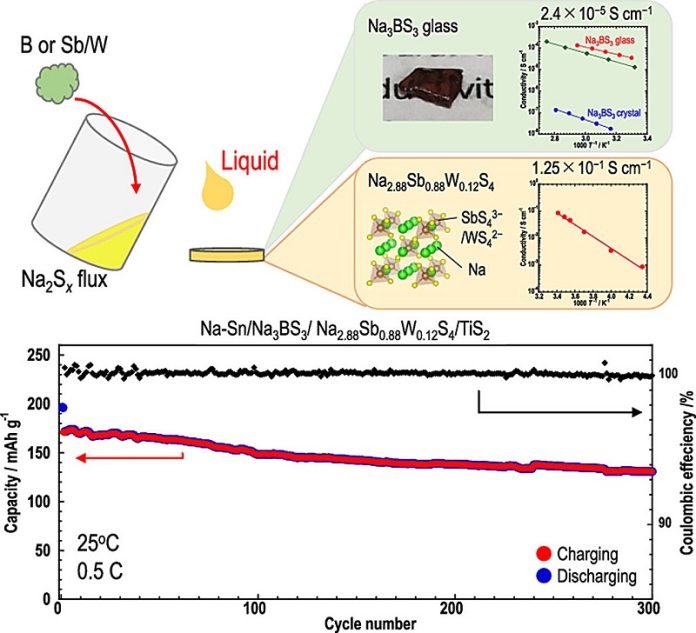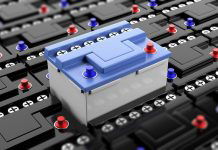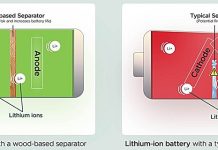
In our world, where being kind to the environment is more important than ever, we’re always on the lookout for green ways to power our lives.
Right now, most of our gadgets and electric cars run on lithium-ion batteries.
But there’s a new player in town that could change the game: all-solid-state sodium batteries. Why sodium, you might wonder?
It’s simple: sodium is way more common than lithium, which means batteries made from it could be cheaper and just as good, if not better!
However, there’s been a big hiccup. Making these sodium batteries on a large scale has been a tricky puzzle to solve.
That is, until a team of smart scientists from Osaka Metropolitan University in Japan, led by Associate Professor Atsushi Sakuda and Professor Akitoshi Hayashi, made a groundbreaking discovery.
Their research, shared with the world through articles in Energy Storage Materials and Inorganic Chemistry, is all about a new way to make sodium batteries that could finally bring them into the mainstream.
They found a clever method to create a special part of the battery, called the solid sulfide electrolyte, that lets sodium ions move super fast—about ten times faster than what’s needed for these batteries to be really useful.
They also made a type of glass that doesn’t easily break down, making the battery even safer and more durable.
What’s really cool about their method is that it’s not just a one-trick pony. It can be used to make almost any part of the battery that contains sodium.
This means it could vastly simplify how these batteries are made, making it easier and potentially cheaper to produce them on a large scale.
Professor Sakuda is excited about this breakthrough. He believes that this new process will not only make better batteries but will also become the go-to method for creating materials for all-solid-state sodium batteries in the future.
This discovery could be a game-changer for how we power everything from our smartphones to our cars.
It means we could have batteries that are not only safer and cheaper but also kinder to our planet.
So, next time you charge your device, imagine a future where it’s powered by the same stuff that flavors your favorite salty snack!



